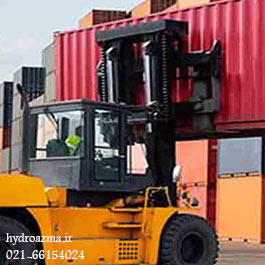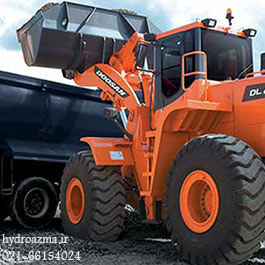Manufacturing industry
Hydraulic presses, casting machines, openers, plastic injection machines and plastic processing and paurionite are among the hydraulic applications used in the manufacturing industry.
Food processing
In this industry, paper pulp must pass through the rollers and the most important hydraulic and pneumatic is the adjustment of the rollers.
Automotive
hydraulic wedge and hydraulic steering and pneumatic adjustment of the seat, as well as in the process of building the body and shaping the car sheet, which uses presses with different sole.
Food industry
canning and disposable tableware and….
Wood industry
cutting timber and covering the surfaces of sofas.
Packaging Industries
Soda glass filling and gluing and wrapping machine.
What is plastic injection?
Injection molding is a manufacturing process that is capable of creating large numbers of plastic parts quickly and repeatedly. As a result, this process is very suitable for high volume production.
Basic principles of injection molding
With many advantages over other plastic molding processes, injection molding allows for products with intricate details that would otherwise be too expensive or difficult to manufacture.
Furthermore, with the capacity to produce several parts at the same time, the high output of the product will be beneficial compared to the labor cost of the company.
Flaws in the finished product can also be easily corrected, so little material is wasted, which is another cost-saving benefit of the entire process.
With a wide variety of materials to use, from polypropylene to high-performance engineering polymers, the possibilities are endless for creating custom and unique products for a wide variety of needs.
Injection molding process
- The mold mounts securely in a molding machine that has the appropriate size. The two halves of the tool are held in place by clips. The setting device is produced by entering specific settings for the ready-made tool.
- Plastic pellets are fed into the molding machine using a funnel and enter a heated chamber to melt the granules. . Inside the chamber, a reciprocating screw plasticizes and compresses the material and pushes the molten plastic toward the mold.
- A nozzle creates a seal between the chamber and the mold. Molten plastic, under high pressure, is transferred from the outer chamber and through the nozzle into the mold cavities. The tools can have multiple cavities so that they can produce more than one part at a time.
- Temperature-controlled water or oil is circulated around the mold body for a certain period of time until the plastic inside Let it cool. As the plastic cools, it takes the shape of the cavity or cavities in the mold.
- The molding machine uses its moving plate to open the mold and spring pins open into the mold cavity to release the part. to drive.
Often a robot collects the final molding from the mold and places it on the conveyor belt or the finishing job. Then it returns to its initial position so that the mold is closed and the cycle repeats.



Leave a Reply